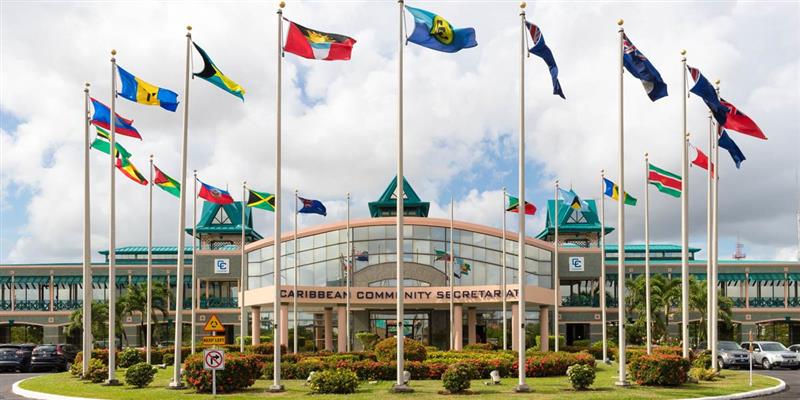On 25 October 2024 the IMF presented the latest regional outlook for Sub-Saharan Africa. The report notes that the region is making economic progress, but macroeconomic vulnerabilities are persistent. Countries in the region are trying to implement difficult and much-needed reforms to restore macroeconomic stability after repeated negative shocks. Monetary tightening has slowed inflation, which is within target in about half of the region.
Significant fiscal consolidation has stabilized the average debt-to-GDP ratio, but the debt remains at a high level. Inflation is still in double digits in nearly one-third of countries. Debt service capacity is low, and the rising debt service burdens are reducing the resources available for development spending. Foreign exchange reserve buffers are often insufficient, and there are continuing concerns about overvaluation.
Regional growth, at a projected 3.6% in 2024, is generally uneven, but is expected to recover modestly in 2025. Resource-intensive countries, in particular oil exporters, continue to grow at about half the rate of the rest of the region. Growth is reduced by conflict, insecurity, drought and electricity shortages. Domestic and external financing conditions are still tight, with many countries unable to access financing.
Countries face underlying pressures from high poverty, lack of inclusion and job opportunities, weak governance, and rapid increases in the cost of living. The resulting social and political pressures make it increasingly challenging to implement reforms. Policy adjustments to increase macroeconomic stability, such as increases in taxes or reductions in subsidies, can cause further short-term hardships, especially if they are not well designed and implemented. Inflation is expected to continue decreasing, with median inflation declining slightly from 4.7% to 4.5%; but continuing at a higher rate in oil exporting countries.
Efforts at fiscal adjustment will continue in 2025, driven by the need to rebuild buffers and reduce debt. More than two-thirds of countries in the region are expected to consolidate their public finances in 2025. Over the period from 2023 to 2025, the composition of the fiscal adjustment on average will be broadly balanced between expenditure cuts and tax increases.
To increase government revenues, several countries plan to implement measures to broaden their tax base and reduce exemptions, in addition to enhancing tax administration and promoting digitalization. Countries with tax plans include Cameroon, Guinea-Bissau, Madagascar, Senegal, and Tanzania. In relation to expenditure, several of the countries making adjustments aim to preserve social spending, while controlling other spending such as untargeted subsidies. More than half of the countries with consolidation plans are looking at cuts to the public-investment-to-GDP ratio, and this could have negative implications for medium and long-term growth.
Regional growth is projected to pick up modestly to 4.2% in 2025. Over the medium term, projected GDP growth is expected to stabilize at around 4.4%. The growth of income per capita, at less than 2%, will remain insufficient to quickly improve living standards, continue to reduce poverty, or promote convergence toward incomes in the rest of the world.
Across sub-Saharan Africa, fiscal policy could be turned into a more potent instrument for promoting inclusion, even while implementing the budget consolidation that many countries still need. Fiscal policy in the region, as in many lower-income countries, enjoys only limited success in reducing inequality and poverty. However, its impact tends to be more progressive in Southern Africa.
On the revenue side, there is significant scope to increase the tax take in a relatively equitable and efficient manner by broadening the tax base, and by making greater use of progressive income and property taxes. This will require strengthening both tax design and administration Increased revenues will enable a scaling-up of opportunity-enhancing social expenditures.
On the expenditure side, social protection currently fails to cover much of the population, especially in the informal sector, and is relatively poorly targeted. Energy and food subsidies remain significant and are generally poorly targeted. Service delivery, including in education and health care, is characterized by limited access and affordability.
Governments need to reduce macroeconomic vulnerabilities while addressing development needs. Reforms must be socially and politically acceptable. Protection for the most vulnerable groups and creation of sufficient jobs will be the key to gaining public support.













